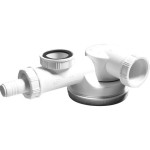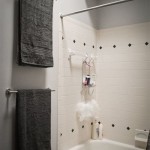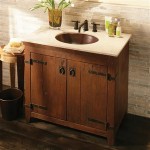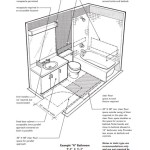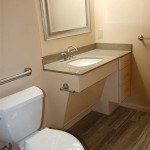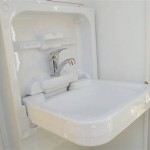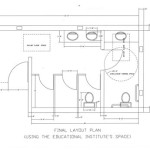How to Install a Wall-Mount Bathroom Vanity
A wall-mount bathroom vanity is a stylish and space-saving option that can transform the look of your bathroom. Installing one, however, requires careful planning and execution. This guide will outline the steps involved in installing a wall-mount bathroom vanity, providing you with the knowledge and confidence to complete this project successfully.
1. Planning and Preparation
Before you begin, ensure you have all the necessary tools and materials. This includes:
- Wall-mount bathroom vanity
- Stud finder
- Level
- Measuring tape
- Pencil
- Drill
- Screwdrivers
- Safety glasses
- Work gloves
- Appropriate drill bits and screws
- Caulk
- Silicone sealant
- Optional: Anchor bolts and toggle bolts (if necessary)
Next, choose the location for your vanity. Consider factors such as plumbing access, electrical outlets, and the overall bathroom layout. Measure the space and ensure the vanity fits comfortably. Also, check the weight of the vanity and ensure the wall studs are strong enough to support it.
Once the location is determined, turn off the water supply to the bathroom and disconnect the plumbing fixtures. Remove the existing vanity and any fixtures that are to be replaced.
2. Installing the Support Structure
Wall studs provide the most secure support for a wall-mount vanity. Use a stud finder to locate the studs in your wall. Mark the stud locations with a pencil. If you're installing the vanity in a location without studs, consult a professional for guidance. They can advise on the proper support structure based on your wall material.
If the vanity comes with pre-drilled holes for mounting, align these holes with the marked stud locations. If not, use the vanity's installation instructions to determine the appropriate mounting points.
Attach the vanity to the wall using screws or bolts. Ensure the vanity is level using a level. Tighten all screws and bolts securely. If necessary, use anchor bolts or toggle bolts to secure the vanity to drywall or other non-stud wall surfaces. These specialty fasteners provide increased holding power in hollow walls.
3. Installing the Plumbing and Sink
After attaching the vanity to the wall, install the plumbing fixtures. Connect the water supply lines to the vanity's plumbing inlets. Ensure the connections are tight and secure.
Next, attach the sink to the vanity countertop. This step may require a specialized tool, such as a faucet wrench or a sink installation kit, depending on the type of sink and mounting hardware. Connect the drain pipe and secure it to the vanity's drain outlet.
Once the sink is installed, carefully test the plumbing by running water through the faucet and checking for any leaks. If you find a leak, tighten the connections or check for any damage in the plumbing lines.
4. Finishing Touches
With the vanity and plumbing installed, you can now complete the finishing touches. Apply caulk or silicone sealant around the base of the vanity to prevent water damage. This step will create a waterproof barrier, protecting the wall from moisture and potential leaks.
Install any additional accessories, such as a mirror, towel bars, and decorative hardware. Ensure these accessories are level and securely mounted to the wall. Finally, clean up any leftover debris or tools, and your wall-mount bathroom vanity is ready to enjoy.

How To Successfully Install A Wall Mount Vanity Lutz Plumbing Inc

How To Install A Veneto Bath Floating Bathroom Vanity

How To Build A Diy Modern Floating Vanity Or Tv Console

How To Install A Wall Mount Sink Signature Hardware

How To Install A Sink Wall Mount 3 Minute Guide

How To Install A Wall Mount Sink Signature Hardware

How To Remove And Install A Wall Mounted Sink In 2 Steps

How To Install A Bathroom Vanity And Sink

Pros And Cons Of Wall Mount Faucets Hawaii Interior Designer Sachi Lord

Single Counter Top Sink Wall Mounted Hanging Bathroom Vanity Cabinet Tw 2219
Related Posts
